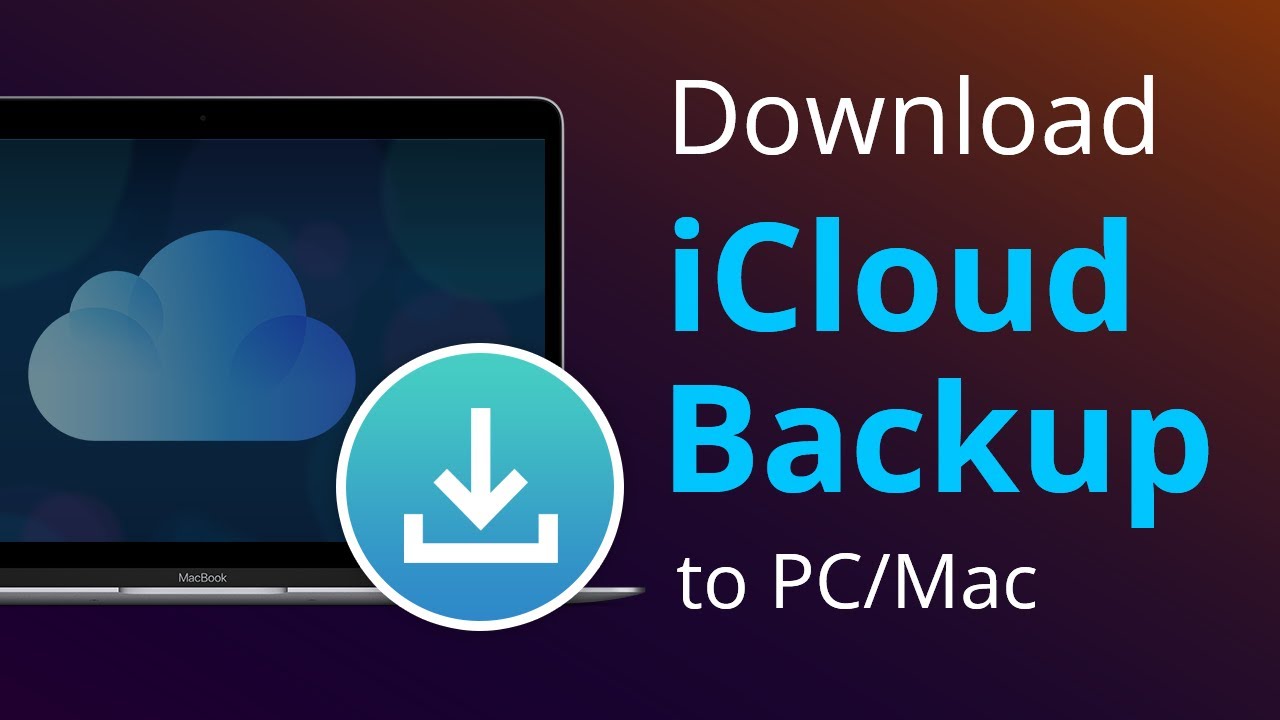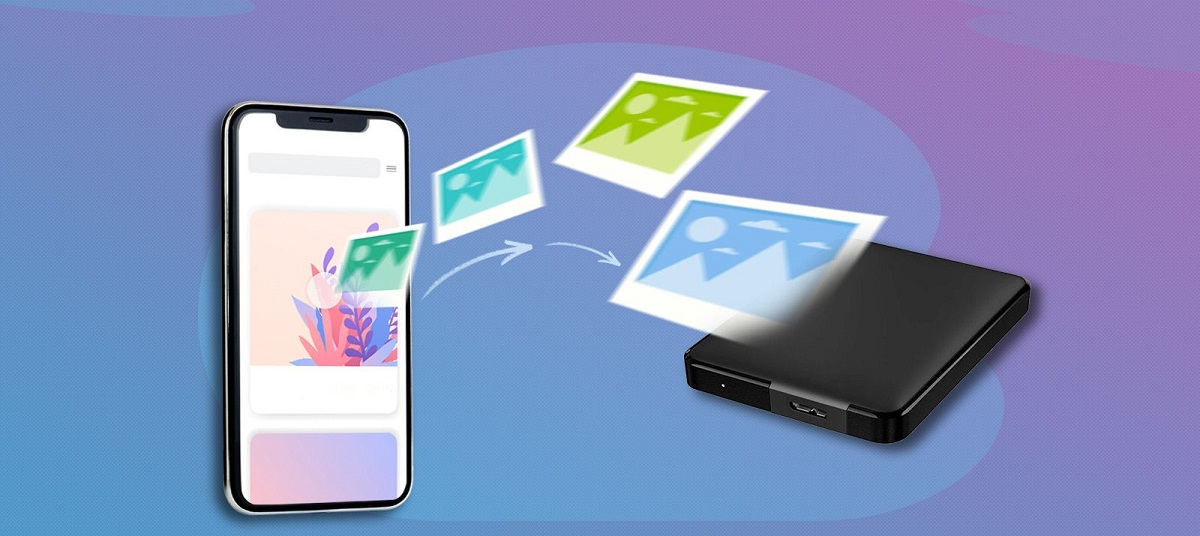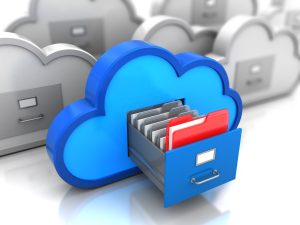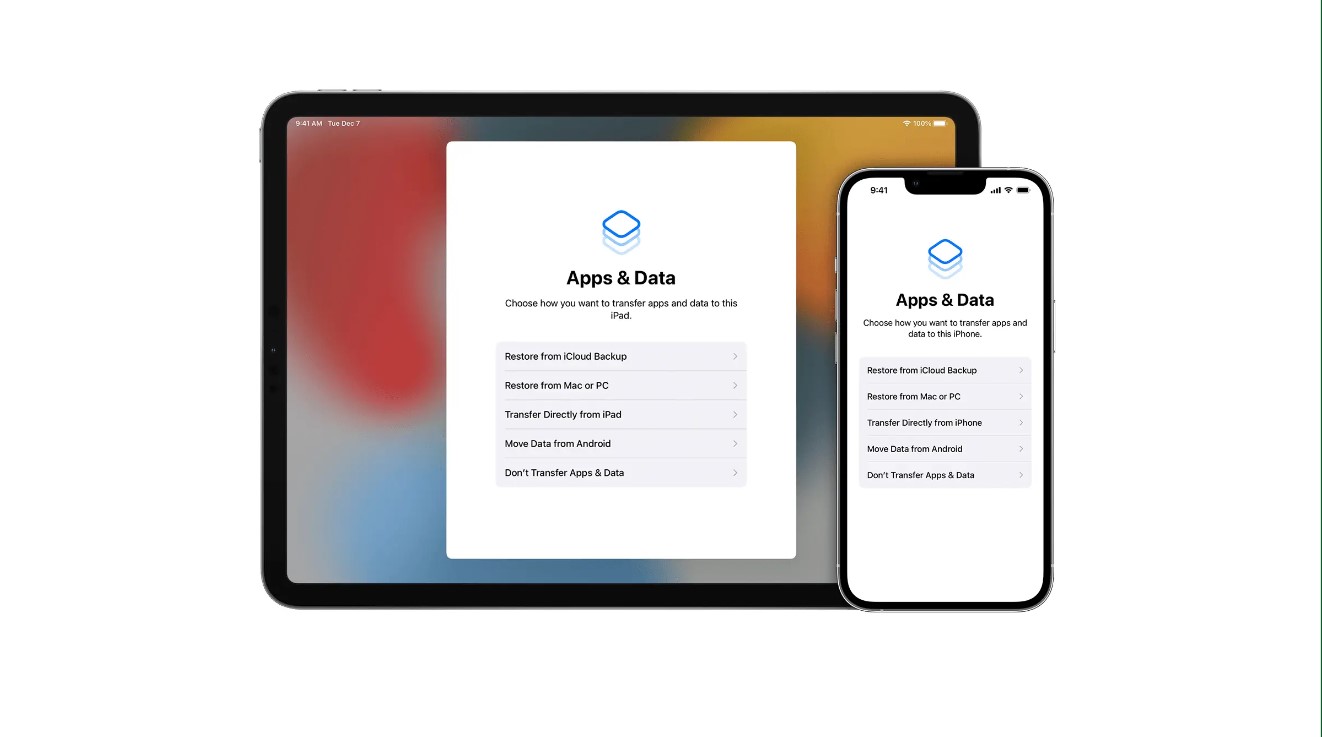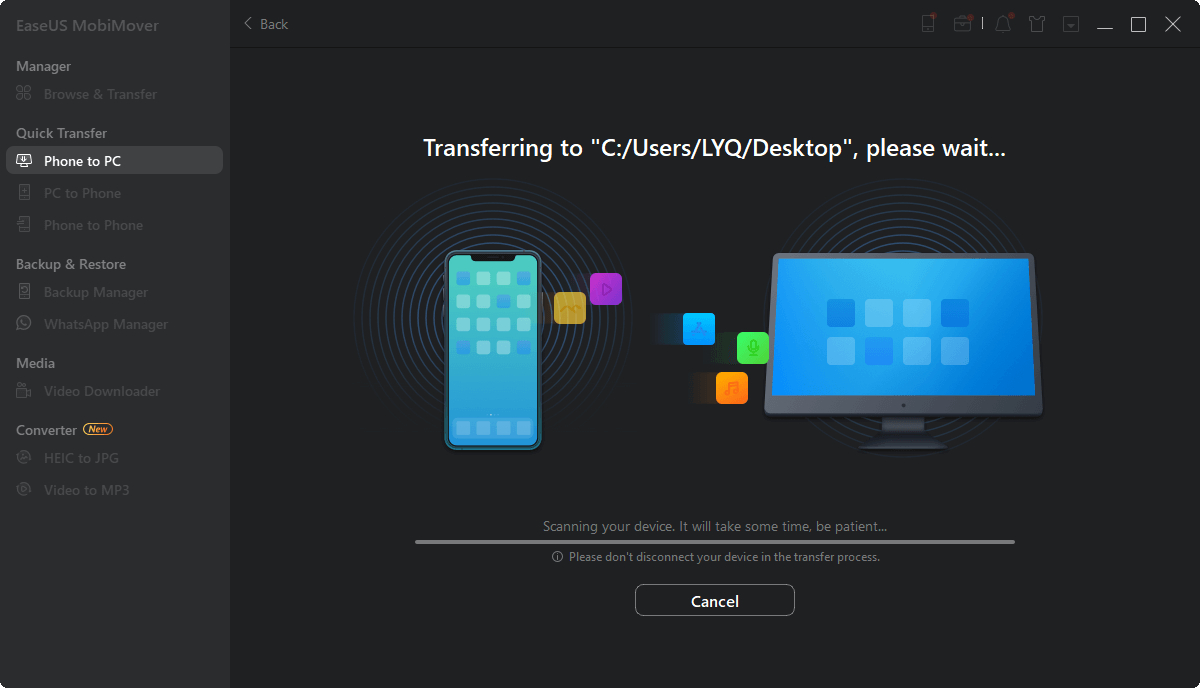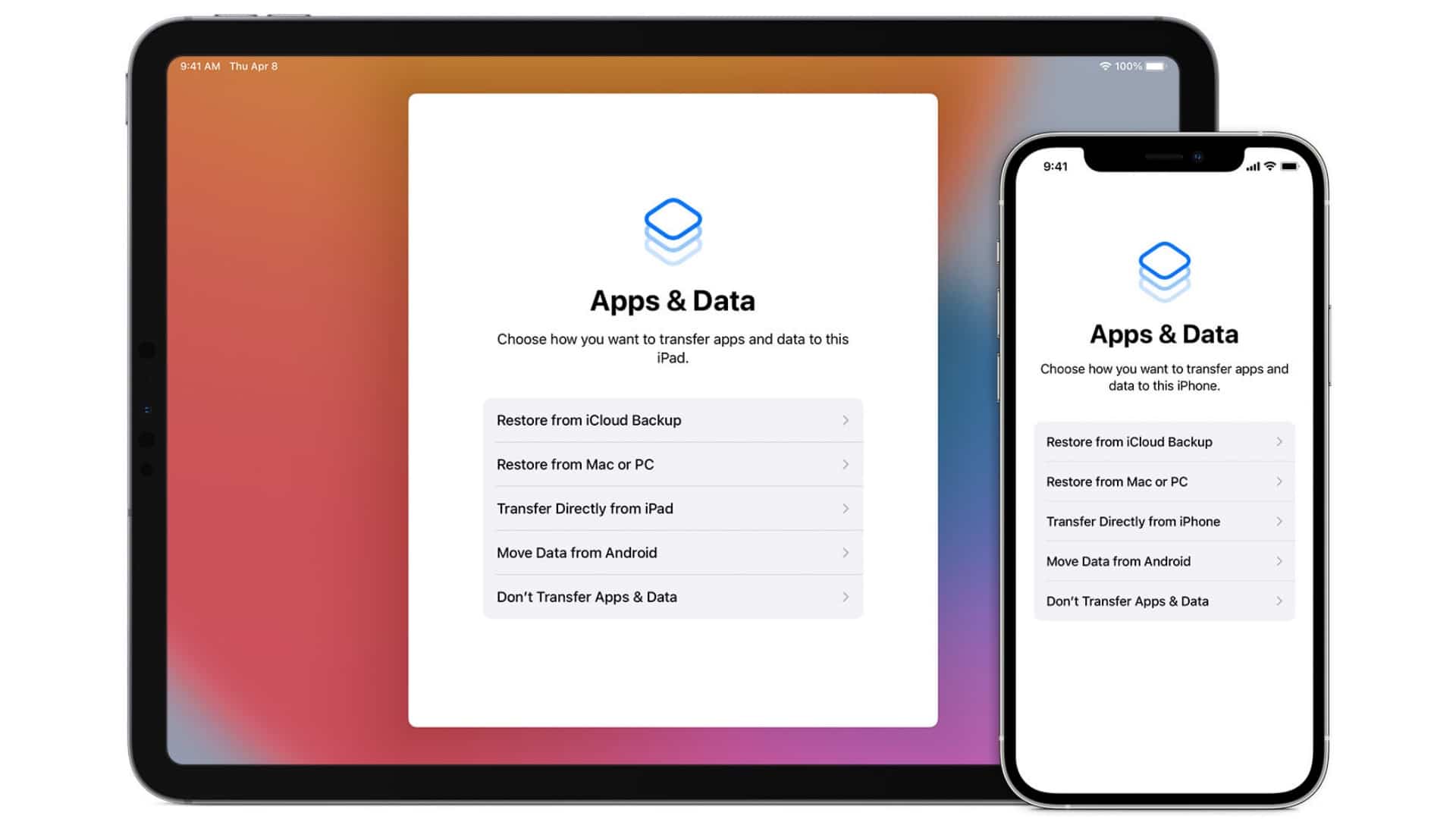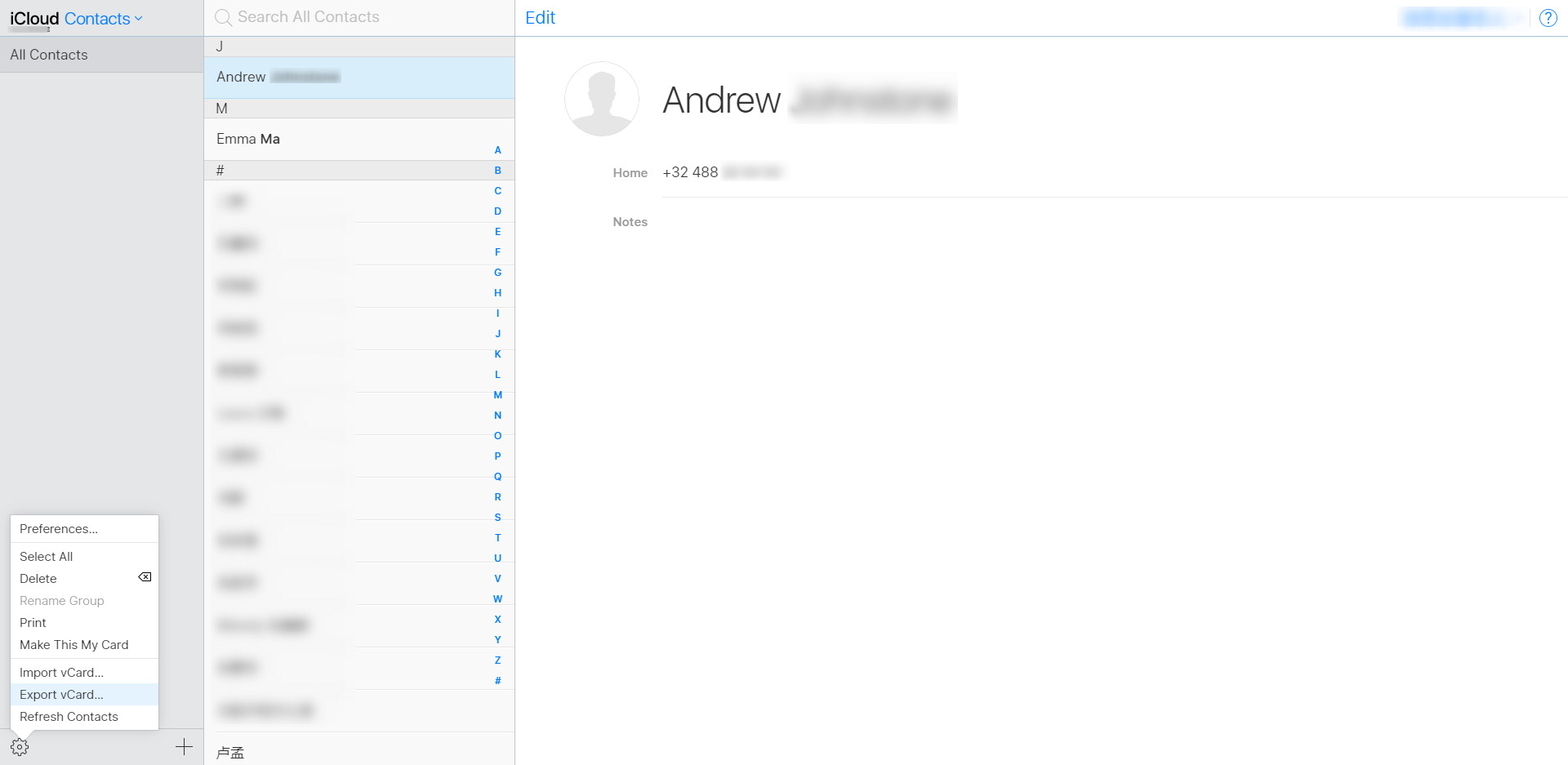Introduction
Welcome to our guide on how to download iCloud backup! iCloud is a cloud storage and computing service provided by Apple Inc., which allows users to store and access various types of data, including backups of their iOS devices. These backups contain important information such as contacts, photos, messages, app data, and more. While iCloud offers convenient backup storage, there may be instances where you need to download the backup files for different purposes, such as transferring data to a new device or retrieving specific files. In this article, we will walk you through different methods to download iCloud backup to iPhone, iPad, Mac, or Windows PC.
Downloading your iCloud backup can be a straightforward process, but it’s essential to note that there are certain prerequisites and considerations to keep in mind. You must have an iCloud backup available and sufficient storage space on your chosen device to accommodate the downloaded files. Additionally, you may need to ensure that your device is running the latest iOS or macOS version to access iCloud backup features. By following the methods outlined in this guide, you can easily retrieve your iCloud backup and access your important data in no time.
Why Download iCloud Backup?
Downloading your iCloud backup can serve several purposes and provide valuable benefits. Here are a few reasons why you might want to download your iCloud backup:
- Device Transfer: If you are upgrading to a new iPhone, iPad, or Mac, downloading your iCloud backup allows you to easily transfer your data, apps, and settings to the new device. This eliminates the need to set up everything manually and ensures a seamless transition between devices.
- Data Recovery: In the event of accidental deletion, device malfunction, or software issues, having a downloaded copy of your iCloud backup provides a safety net to recover your important data. You can restore individual files, contacts, photos, messages, or even an entire backup to get your device back to a previous state.
- Access to Specific Files: Sometimes you may only need to access specific files or documents from your iCloud backup rather than restoring the whole backup. By downloading the backup and extracting the desired files, you can quickly retrieve important documents or media without restoring the entire backup.
- Offline Access: Downloading your iCloud backup onto your device allows you to access your data even when you don’t have an internet connection. This can be useful when traveling, in areas with limited connectivity, or when you simply prefer offline access to your files.
- Added Security: While iCloud provides secure storage for your backups, downloading them gives you an extra layer of security by keeping a local copy of your data. This ensures that you have control over your information and can protect it from potential data breaches or unauthorized access.
By understanding the reasons behind downloading your iCloud backup, you can make informed decisions about when and how to access your valuable data. The next sections will walk you through various methods to quickly and efficiently download your iCloud backup to your preferred device.
Prerequisites
Before you proceed with downloading your iCloud backup, it’s important to ensure that you fulfill certain prerequisites. These requirements will help ensure a smooth and successful download process. Here are the prerequisites to consider:
- iCloud Backup: To download an iCloud backup, you must have an existing backup available on your iCloud account. You can check if you have a backup by going to “Settings” on your iPhone, iPad, or iPod touch, then tapping on your name, followed by “iCloud” and “iCloud Backup.” If there is an available backup, it will display the date and time of the last backup.
- Internet Connection: You need a stable internet connection to download your iCloud backup. Make sure you have a reliable Wi-Fi or cellular data connection to avoid interruptions during the download process.
- Device Compatibility: Different methods of downloading iCloud backup are available for various devices. Ensure that your device, whether it’s an iPhone, iPad, Mac, or Windows PC, is compatible with the method you plan to use.
- Enough Storage Space: Before initiating the download, ensure that you have sufficient storage space available on your device. iCloud backups can consume a significant amount of storage, especially if you have a lot of data or multiple backups. You may need to free up space on your device or choose a device with adequate storage capacity.
- Latest iOS or macOS Version: To access and manage iCloud backup features, it’s recommended to have the latest iOS or macOS version installed on your device. Updates often introduce improvements and bug fixes that enhance the download experience.
By meeting these prerequisites, you will be well-prepared to download your iCloud backup successfully. Now that we’ve covered the requirements, let’s dive into the different methods you can use to download your iCloud backup onto your preferred device.
Method 1: Download iCloud Backup to iPhone or iPad
If you want to download your iCloud backup directly to your iPhone or iPad, follow these steps:
- Ensure that your iPhone or iPad is connected to a stable Wi-Fi network.
- On your device, go to “Settings” and tap on your name at the top of the screen.
- Tap on “iCloud” and then “iCloud Backup”.
- Make sure the “iCloud Backup” toggle switch is turned on.
- Tap on “Back Up Now” to initiate a new backup if you haven’t done so recently. Wait for the backup process to complete.
- Once the backup is finished, return to the main iCloud settings screen.
- In the list of apps using iCloud, tap on “iCloud Storage” or “Storage” (depending on your iOS version).
- You will see a list of your backups. Select the most recent backup that you want to download.
- In the backup details screen, you will find a list of data categories. Toggle on the categories you wish to download. Keep in mind that downloading all the categories might take a longer time and consume more storage space.
- Tap on “Back Up Now” to begin the download process.
- Wait for the download to complete. The progress can be tracked in the iCloud settings under the “Backup” section.
- Once the download is finished, you can access the downloaded backup by going to “Settings” > “General” > “Reset” > “Erase All Content and Settings”. This will prompt you to select the backup you want to restore from.
- Select the downloaded backup and follow the on-screen instructions to complete the restoration process.
This method allows you to directly download your iCloud backup to your iPhone or iPad device, providing you with the convenience of transferring your data and settings seamlessly. Keep in mind that the time it takes to download the backup will depend on the size of the backup and your internet connection speed.
Method 2: Download iCloud Backup to Mac or Windows PC
If you prefer to download your iCloud backup to a Mac or Windows PC, you can follow these steps:
- On your computer, open a web browser and visit the iCloud website at icloud.com.
- Log in using your Apple ID and password.
- Once logged in, click on the “Settings” icon.
- Scroll down and locate the “Advanced” section.
- Click on “Restore Files” under the “Advanced” section.
- You will be presented with a list of available backups. Select the backup you want to download.
- In the backup details screen, you will see a list of data categories. Check the boxes next to the categories you want to download. Note that downloading all categories may take a longer time and require more storage space on your computer.
- Click on the “Restore” button to start the download process.
- The selected files will be downloaded to your computer and saved in a designated location.
- Once the download is complete, you can access the downloaded backup files on your Mac or Windows PC. You can open and view the files using compatible applications or transfer them to other devices as needed.
Using this method, you can download your iCloud backup to your Mac or Windows PC. This provides flexibility in accessing and managing your data, allowing you to keep a local copy of your backup for safekeeping or further processing.
Method 3: Use iCloud Backup Extractor Tools
If you are looking for a more advanced and flexible method to download and extract specific data from your iCloud backup, you can utilize specialized iCloud backup extractor tools. These tools offer enhanced features and customization options for extracting and managing your iCloud backup data. Here’s how you can use iCloud backup extractor tools:
- Research and choose a reputable iCloud backup extractor tool that suits your needs. There are several available options, both free and paid, for both Mac and Windows platforms.
- Download and install the chosen iCloud backup extractor tool on your computer.
- Launch the iCloud backup extractor tool and follow the on-screen instructions to set it up.
- Sign in to your iCloud account using the tool’s interface. This will grant the tool access to your iCloud backups.
- Select the iCloud backup you want to download and extract.
- Choose the specific categories or types of data you want to extract from the backup. These can include contacts, messages, photos, videos, notes, call logs, and more.
- Customize the extraction options according to your preferences. Some tools allow you to filter data by specific criteria, export data in different formats, or perform advanced searches within the backup.
- Initiate the extraction process and wait for the tool to download and extract the selected data from your iCloud backup.
- Once the extraction is complete, the tool will provide you with the extracted data in a readable format, such as CSV, HTML, or PDF files.
- You can now access and manage the extracted data on your computer. You can open the files using compatible applications or transfer them to other devices for further use.
Using iCloud backup extractor tools gives you more control and flexibility in extracting and managing your iCloud backup data. These tools offer advanced features and customization options to cater to your specific requirements, making it easier to extract and work with the specific data you need.
Conclusion
Downloading your iCloud backup is a valuable process that allows you to access and manage your important data in various situations. Whether you need to transfer data to a new device, recover lost files, access specific files offline, or add an extra layer of security, downloading your iCloud backup provides the solution.
In this guide, we have explored three methods to download iCloud backup. Method 1 allows you to download the backup directly to your iPhone or iPad, providing a seamless transfer of data and settings. Method 2 enables you to download the backup to your Mac or Windows PC via the iCloud website. Finally, Method 3 introduces the use of specialized iCloud backup extractor tools, offering advanced features and customization options for extracting specific data from your backup.
Before proceeding with the download process, ensure that you fulfill the prerequisites, such as having an available iCloud backup, a stable internet connection, sufficient storage space, and the latest iOS or macOS version.
Remember that downloading and managing your iCloud backup requires careful attention to protect your data and privacy. Be cautious when using third-party tools and ensure they are reputable and secure.
By following the methods outlined in this guide, you can confidently download your iCloud backup and gain control over your important data. Whether you are transitioning to a new device, recovering lost files, or simply seeking offline access to your data, downloading your iCloud backup ensures that your valuable information is within your reach when you need it.







